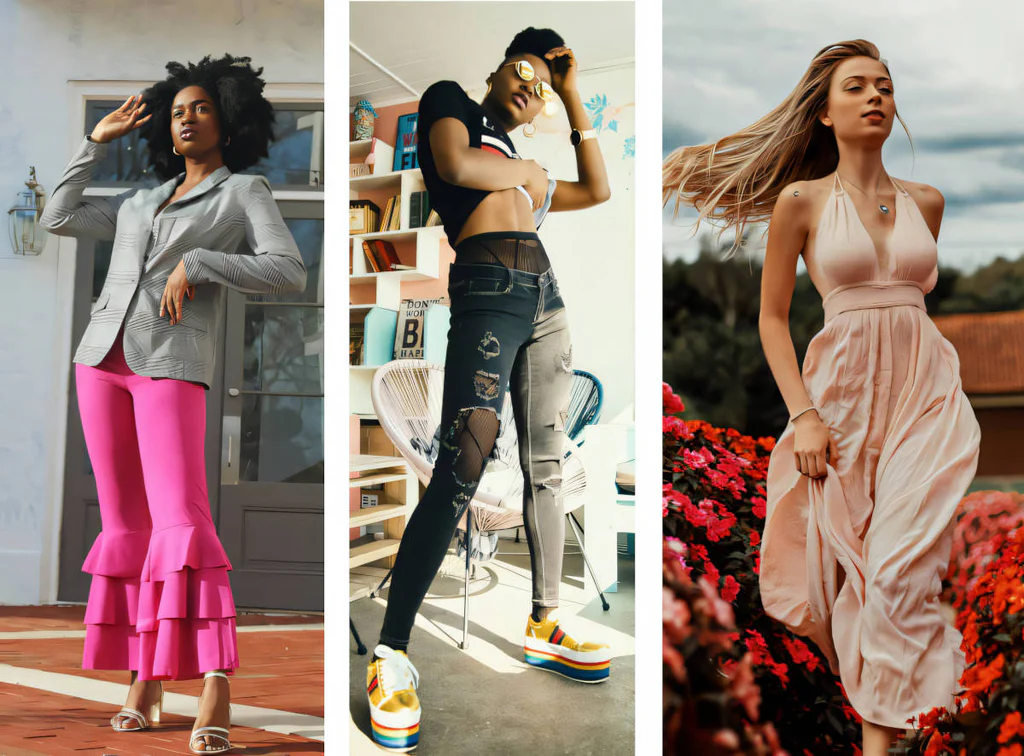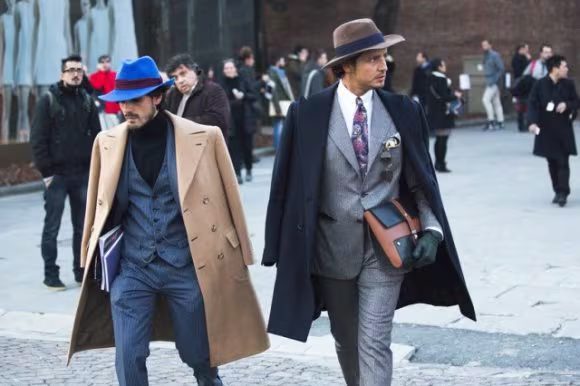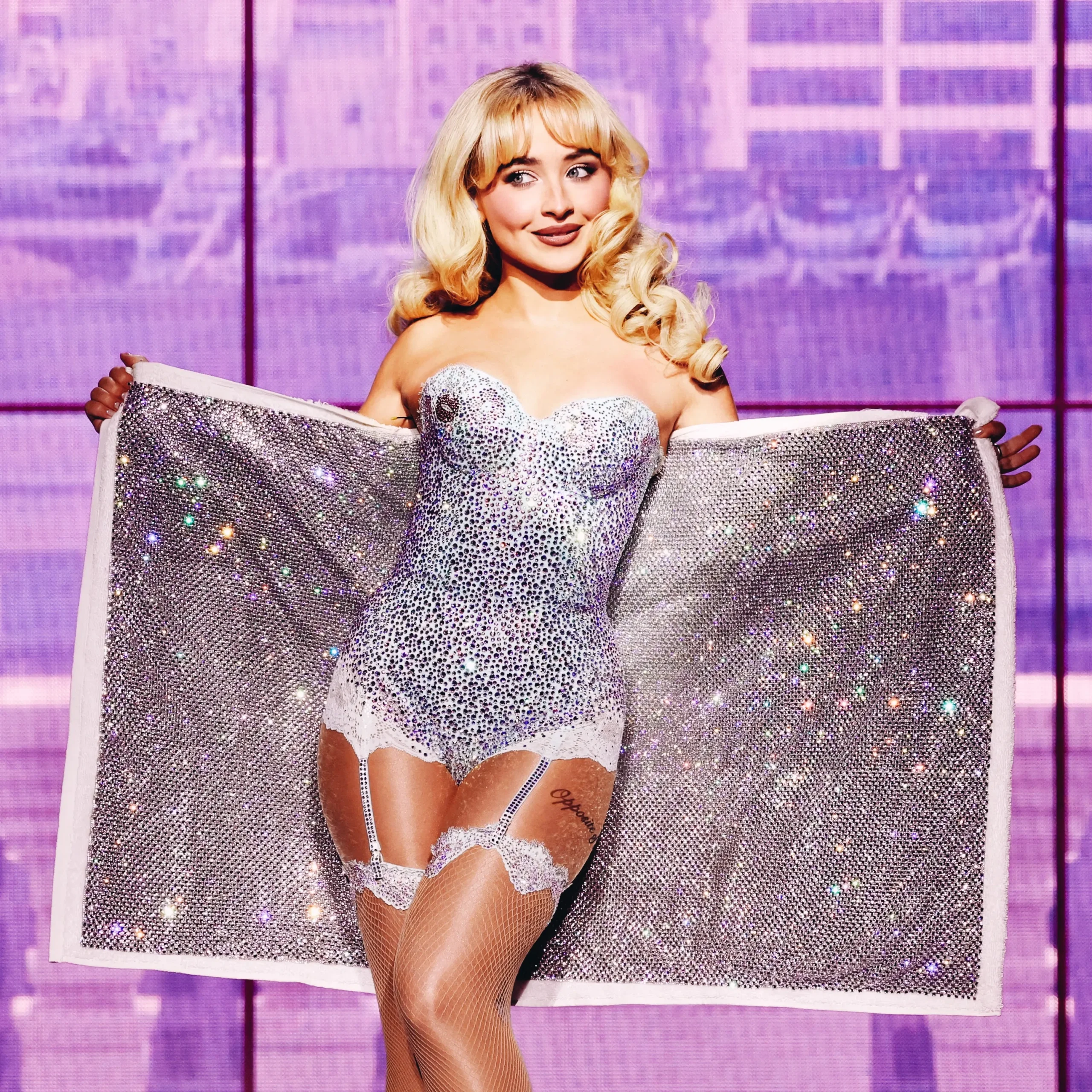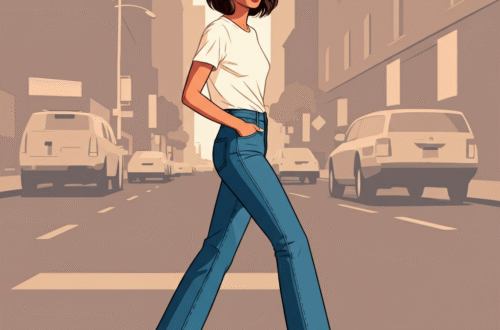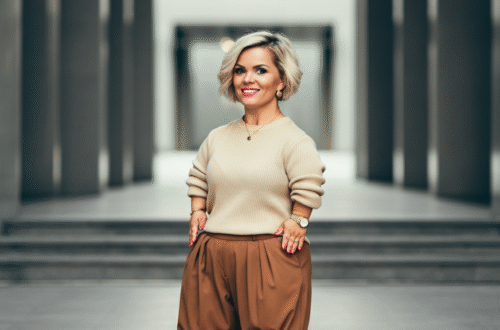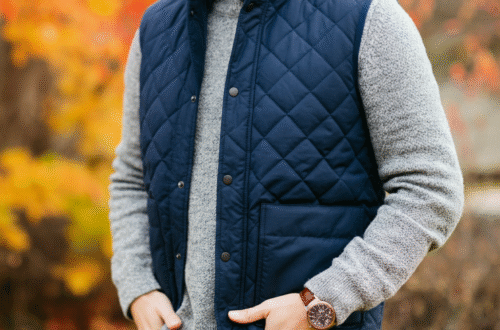Discovering Your Perfect Look: A Complete Guide to Different Fashion Styles
Fashion is more than just clothing—it’s a way to express your personality, mood, and creativity. With countless different fashion styles to explore, finding the right look can feel overwhelming. Whether you’re just starting to develop your personal style or looking to refresh your wardrobe, understanding various fashion aesthetics can help you create outfits that make you feel confident and authentic.
From timeless classics to trendy streetwear, each fashion style tells a unique story. Some people gravitate toward minimalist designs, while others prefer bold, statement-making pieces. The beauty of fashion lies in its diversity and the freedom to mix and match elements from multiple styles. This comprehensive guide will walk you through the most popular fashion styles, helping you identify which ones resonate with your personality and lifestyle.
What Are Fashion Styles and Why Do They Matter?
Fashion styles are distinct approaches to dressing that reflect specific aesthetics, cultural influences, or lifestyle choices. They serve as visual languages that communicate who we are without saying a word. Understanding different fashion styles helps you make intentional clothing choices that align with your personal brand and goals.
Your fashion style can boost confidence, improve first impressions, and even influence career opportunities. When you dress in a way that feels authentic to you, it shows in your posture, attitude, and interactions with others. Fashion styles also provide structure and guidance when shopping, making it easier to build a cohesive wardrobe that works together seamlessly.
The key to finding your perfect style is experimentation. You might discover that you’re drawn to multiple aesthetics or that your preferences change with different seasons or life stages. That’s completely normal and part of the fun of fashion exploration.
Classic and Timeless Fashion Styles
Preppy Style
Preppy fashion originated in prestigious American prep schools and Ivy League universities. This style emphasizes clean lines, quality fabrics, and traditional patterns. Think crisp button-down shirts, pleated skirts, blazers, and loafers. The color palette typically includes navy, white, cream, and pastels.
Key elements of preppy style include:
- Polo shirts and cable-knit sweaters
- Plaid patterns and stripes
- Pearls and simple jewelry
- Quality leather goods
- Tailored fits
Preppy style works well for professional environments, casual social gatherings, and weekend activities. It’s particularly popular among those who appreciate tradition and quality craftsmanship. According to truefashionstory.comBlog, preppy fashion has experienced a major revival among younger generations who appreciate its timeless appeal.
Classic Chic Style
Classic chic represents sophistication and elegance through simple, well-tailored pieces. This style focuses on quality over quantity, investing in timeless items that never go out of fashion. Think little black dresses, well-fitted blazers, and neutral color palettes.
Essential classic chic pieces include:
- Trench coats and wool coats
- White button-down shirts
- A-line skirts and straight-leg pants
- Pointed-toe pumps
- Simple, elegant accessories
This style is perfect for professional women who want to look polished and put-together. It translates well from office to evening events with simple styling changes. The classic chic aesthetic emphasizes fit and fabric quality over trendy details.
Contemporary and Modern Fashion Styles
Minimalist Fashion
Minimalist fashion embraces the “less is more” philosophy. This style focuses on clean lines, neutral colors, and high-quality basics. The goal is to create a capsule wardrobe where every piece serves multiple purposes and coordinates effortlessly.
Minimalist wardrobe staples include:
- Black, white, gray, and beige basics
- Simple silhouettes without excessive details
- Quality fabrics like cotton, linen, and wool
- Versatile pieces that mix and match easily
- Minimal jewelry and accessories
This approach to dressing is ideal for busy professionals, travelers, and anyone who prefers simplicity. Minimalist fashion reduces decision fatigue and ensures you always look polished without much effort. It’s also an environmentally conscious choice that promotes sustainable fashion practices.
Bohemian (Boho) Style
Bohemian fashion celebrates free-spirited creativity and artistic expression. This style draws inspiration from various cultures, vintage eras, and natural elements. Boho fashion features flowing fabrics, earthy colors, and eclectic accessories.
Characteristic boho elements include:
- Flowy maxi dresses and peasant blouses
- Fringe, embroidery, and textured fabrics
- Layered jewelry and statement accessories
- Earth tones and jewel colors
- Natural materials like leather and suede
Boho style appeals to creative individuals who value self-expression and comfort. It’s perfect for music festivals, art galleries, and casual social gatherings. The key to mastering bohemian fashion is layering different textures and patterns while maintaining a cohesive color story.
Edgy and Alternative Fashion Styles
Gothic Fashion
Gothic fashion emerged from the punk and alternative music scenes. This dramatic style features dark colors, luxurious textures, and romantic Victorian influences. Gothic fashion allows for creative expression through bold makeup, unique accessories, and statement pieces.
Gothic fashion elements include:
- Black as the primary color with deep jewel tones
- Velvet, lace, and leather materials
- Corsets, long coats, and dramatic silhouettes
- Silver jewelry and dark gemstones
- Bold makeup and unique hairstyles
This style attracts individuals who appreciate drama, romance, and alternative culture. Gothic fashion ranges from subtle dark academia looks to full dramatic ensembles suitable for special events or themed gatherings.
Punk Rock Style
Punk fashion represents rebellion and individuality through bold, unconventional choices. This style features distressed clothing, metallic accents, and DIY elements. Punk fashion encourages personal customization and creative expression.
Punk style characteristics include:
- Ripped jeans and distressed clothing
- Leather jackets and band t-shirts
- Studded accessories and safety pins
- Bold hair colors and edgy cuts
- Combat boots and platform shoes
Punk fashion appeals to those who want to challenge conventional fashion norms and express their individuality. Modern punk style often incorporates high-fashion elements while maintaining its rebellious spirit.
Street Style and Urban Fashion
Streetwear Style
Streetwear originated from skateboarding and hip-hop cultures, emphasizing comfort and urban aesthetics. This style features casual pieces with bold graphics, logos, and contemporary silhouettes. Streetwear has become a major influence in high fashion and luxury brands.
Popular streetwear items include:
- Graphic hoodies and oversized t-shirts
- Sneakers as statement pieces
- Baseball caps and beanies
- Cargo pants and joggers
- Crossbody bags and backpacks
Streetwear culture values authenticity, creativity, and cultural awareness. It’s constantly evolving through social media influences and collaborations between brands and artists. This style works well for casual settings, creative environments, and social gatherings.
Sporty Chic Style
Sporty chic, also known as athleisure, combines athletic wear with fashionable elements. This style prioritizes comfort and functionality while maintaining a polished appearance. It’s perfect for active lifestyles and casual professional environments.
Sporty chic essentials include:
- Leggings and yoga pants styled as regular pants
- Sleek sneakers and athletic shoes
- Fitted athletic tops and sports bras
- Bomber jackets and track suits
- Minimal jewelry and practical accessories
This style reflects modern lifestyles that blend fitness, work, and social activities. Sporty chic allows for easy transitions between different daily activities while maintaining comfort and style.
Romantic and Feminine Fashion Styles
Cottagecore Style
Cottagecore fashion celebrates rural life, nature, and traditional crafts. This romantic style features vintage-inspired pieces, floral patterns, and natural materials. Cottagecore emphasizes comfort, sustainability, and connection to nature.
Cottagecore fashion includes:
- Midi and maxi dresses with floral prints
- Cardigans and cozy knits
- Prairie-style blouses and puff sleeves
- Natural fiber fabrics like cotton and linen
- Vintage-inspired accessories and shoes
This style appeals to those who appreciate slow living, sustainability, and romantic aesthetics. Cottagecore fashion works well for casual outings, creative work environments, and outdoor activities.
Romantic Gothic Style
Romantic gothic combines the drama of gothic fashion with softer, more feminine elements. This style features rich textures, deep colors, and vintage romantic details. It’s perfect for those who love gothic aesthetics but prefer a more elegant approach.
Romantic gothic elements include:
- Deep jewel tones like burgundy and forest green
- Velvet, silk, and lace fabrics
- Vintage-inspired silhouettes
- Antique jewelry and cameo brooches
- Flowing fabrics and dramatic sleeves
This style works well for formal events, creative professions, and anyone who appreciates historical fashion influences combined with modern comfort.
Vintage and Retro Fashion Styles
1950s Pin-up Style
Pin-up fashion celebrates the glamorous feminine silhouettes of the 1950s. This style emphasizes hourglass figures through fitted bodices and full skirts. Pin-up fashion is known for its playful, confident attitude and attention to grooming details.
Pin-up style features:
- Fit-and-flare dresses and high-waisted bottoms
- Polka dots, cherries, and retro prints
- Red lipstick and victory roll hairstyles
- Seamed stockings and vintage shoes
- Pearl accessories and cat-eye sunglasses
This style appeals to those who love vintage glamour and feminine confidence. Pin-up fashion works well for themed events, date nights, and anyone who enjoys classic Hollywood aesthetics.
Vintage Inspired Modern
Modern vintage style takes inspiration from past decades while incorporating contemporary fits and fabrics. This approach allows you to enjoy retro aesthetics with modern comfort and practicality.
Modern vintage combinations include:
- 1970s prints with contemporary silhouettes
- 1980s power shoulders in updated fabrics
- 1990s minimalism with current styling
- Vintage accessories with modern outfits
- Retro colors in contemporary designs
This style is perfect for fashion lovers who appreciate historical references but want clothing suitable for modern lifestyles. It allows for creative mixing of eras and personal interpretation of vintage trends.
Fashion Style Comparison Table
|
Style |
Key Colors |
Essential Pieces |
Best For |
Difficulty Level |
|---|---|---|---|---|
|
Classic Chic |
Navy, Black, White, Beige |
Blazers, Little Black Dress, Trench Coat |
Professional Settings |
Easy |
|
Minimalist |
Neutrals, Monochrome |
Basic Tees, Straight Pants, Simple Dresses |
Daily Wear, Travel |
Easy |
|
Bohemian |
Earth Tones, Jewel Colors |
Maxi Dresses, Layered Jewelry, Flowing Tops |
Creative Events, Festivals |
Moderate |
|
Streetwear |
Bold Colors, Black, White |
Hoodies, Sneakers, Graphic Tees |
Casual Outings |
Easy |
|
Gothic |
Black, Deep Reds, Purples |
Corsets, Long Coats, Dark Accessories |
Alternative Events |
Challenging |
|
Preppy |
Navy, White, Pastels |
Polo Shirts, Pleated Skirts, Loafers |
Casual Professional |
Easy |
|
Pin-up |
Red, Black, Polka Dots |
Fit-and-Flare Dresses, High Waist Bottoms |
Special Events |
Moderate |
|
Cottagecore |
Soft Pastels, Earth Tones |
Floral Dresses, Cardigans, Natural Fabrics |
Casual Wear |
Easy |
How to Choose Your Perfect Fashion Style
Selecting the right fashion style starts with understanding your lifestyle, personality, and body type. Consider your daily activities, professional requirements, and personal preferences. Ask yourself what makes you feel confident and comfortable.
Start by examining your current wardrobe to identify patterns in colors, silhouettes, and fabrics you naturally gravitate toward. Look at your favorite outfits and analyze what elements they share. This can provide clues about your authentic style preferences.
Experiment with different looks through:
- Pinterest boards and style inspiration
- Trying on clothes in various styles
- Mixing elements from different aesthetics
- Observing what makes you feel most confident
- Considering your body type and what flatters you
Remember that style evolution is natural and healthy. Your preferences may change with age, lifestyle shifts, or simply exposure to new ideas. Embrace this evolution as part of your personal growth journey.
Building a Cohesive Wardrobe
Once you’ve identified your preferred style or styles, focus on building a cohesive wardrobe that reflects your aesthetic choices. Start with essential pieces that form the foundation of your chosen style, then add personality through accessories and statement pieces.
Create a shopping strategy by:
- Listing wardrobe gaps in your preferred style
- Setting a budget for quality pieces
- Prioritizing versatile items over trendy pieces
- Considering cost-per-wear when making purchases
- Investing in quality basics that will last
Building a stylish wardrobe takes time, so be patient with the process. Focus on adding one quality piece at a time rather than attempting a complete wardrobe overhaul. This approach ensures better decision-making and more sustainable fashion choices.
Key Takeaways
- Different fashion styles offer unique ways to express personality and lifestyle preferences
- Classic styles like preppy and chic provide timeless, versatile options for professional settings
- Contemporary styles like minimalist and boho cater to modern lifestyle needs and values
- Alternative styles like gothic and punk allow for creative self-expression and individuality
- Street styles like streetwear and sporty chic reflect urban culture and active lifestyles
- Vintage styles connect us to fashion history while offering romantic, feminine options
- The key to finding your perfect style is experimentation and understanding your lifestyle needs
- Building a cohesive wardrobe takes time and should prioritize quality over quantity
Frequently Asked Questions
What if I like elements from multiple fashion styles?
Mixing different fashion styles is perfectly acceptable and often creates the most interesting, personal looks. Many people blend elements from various aesthetics to create their unique style signature. The key is finding common elements like color palettes or silhouettes that help tie different pieces together cohesively.
How do I dress for my body type within my preferred style?
Every fashion style can be adapted to flatter different body types. Focus on understanding your proportions and choosing silhouettes within your preferred style that highlight your best features. For example, if you love bohemian style but want to define your waist, look for flowy dresses with belts or fitted bodices with flowing skirts.
Can I change my fashion style as I get older?
Absolutely! Fashion style evolution is natural and healthy. Your style should grow with you as your lifestyle, confidence, and preferences change. Many people find that their style becomes more refined and authentic as they age and better understand what works for them.
How much should I spend on building my wardrobe?
Wardrobe investment varies greatly depending on your budget, lifestyle, and style preferences. Focus on spending more on quality basics and pieces you’ll wear frequently, while saving on trendy items that may go out of style quickly. Consider cost-per-wear when making purchasing decisions.
What’s the difference between fashion trends and personal style?
Fashion trends are temporary movements that come and go seasonally, while personal style is your consistent aesthetic preference that reflects your personality. You can incorporate trending elements into your personal style, but your core aesthetic should remain relatively stable and authentic to you.
How do I maintain my style on a budget?
Budget-friendly styling is achievable through thrift shopping, clothing swaps, DIY alterations, and strategic shopping during sales. Focus on versatile pieces that mix and match well, and learn to accessorize creatively to change the look of basic items. Building slowly over time often results in a better curated wardrobe than making many quick, cheap purchases.
Conclusion
Exploring different fashion styles is an exciting journey of self-discovery and creative expression. Whether you’re drawn to classic elegance, bohemian freedom, gothic drama, or modern minimalism, the perfect style is the one that makes you feel confident and authentic. Remember that fashion rules are meant to be guides, not restrictions, and the best style choices are those that reflect your personality and lifestyle.
Take time to experiment with different aesthetics, mix elements from various styles, and most importantly, have fun with fashion. Your personal style will continue to evolve, and that’s part of what makes fashion so interesting and personal. Start with one or two styles that resonate with you, build your wardrobe gradually with quality pieces, and don’t be afraid to adapt trends to fit your unique personality and needs.
